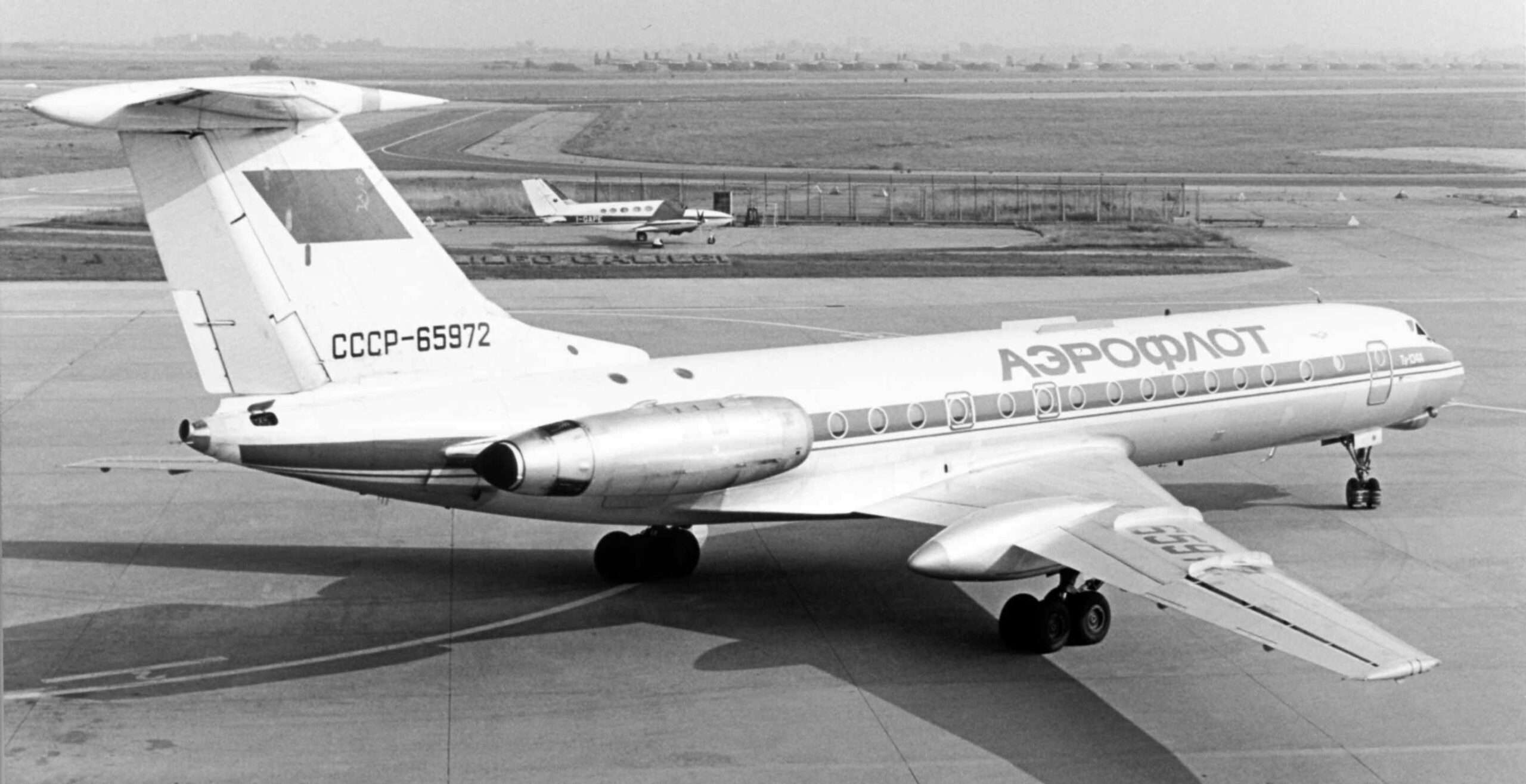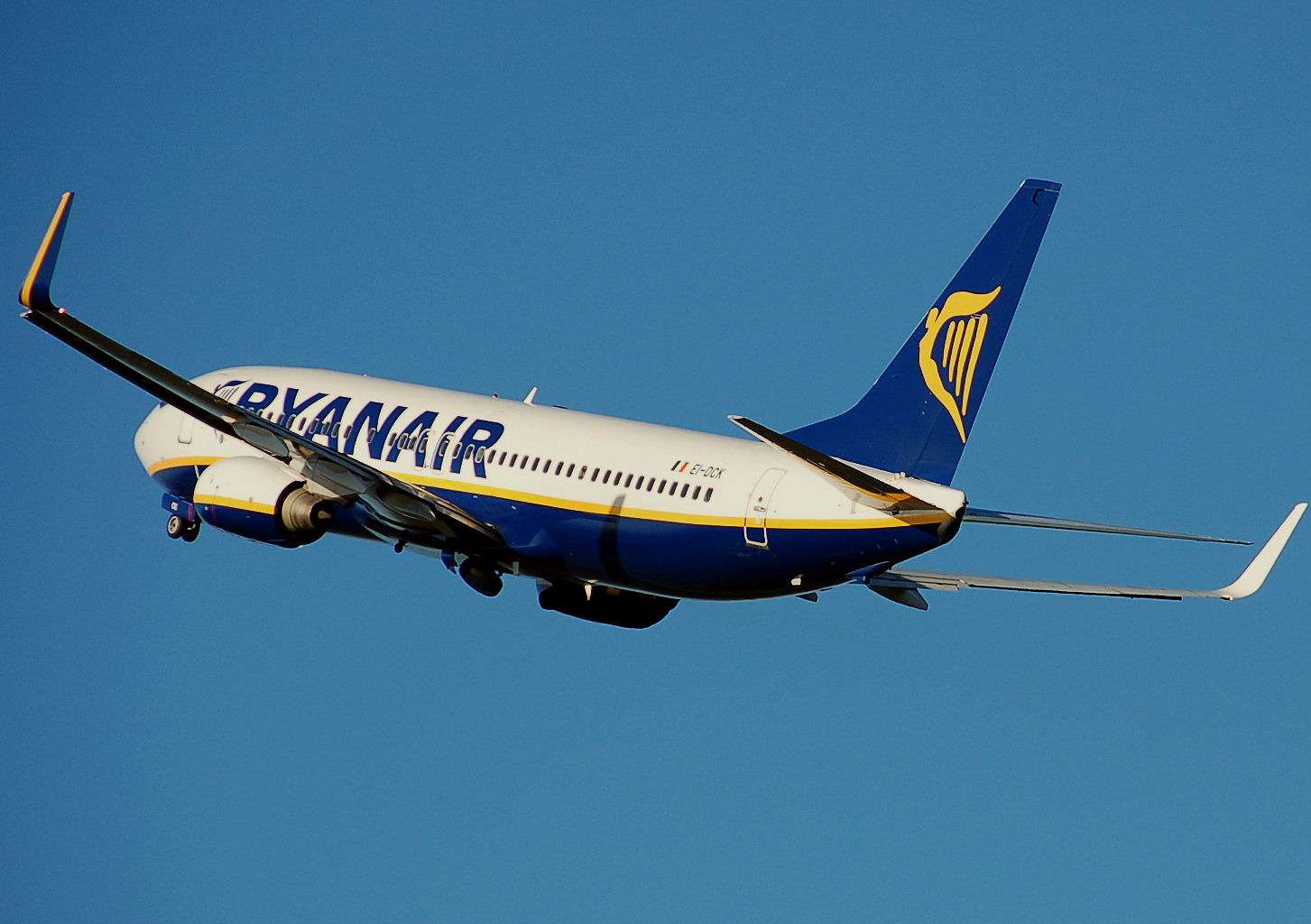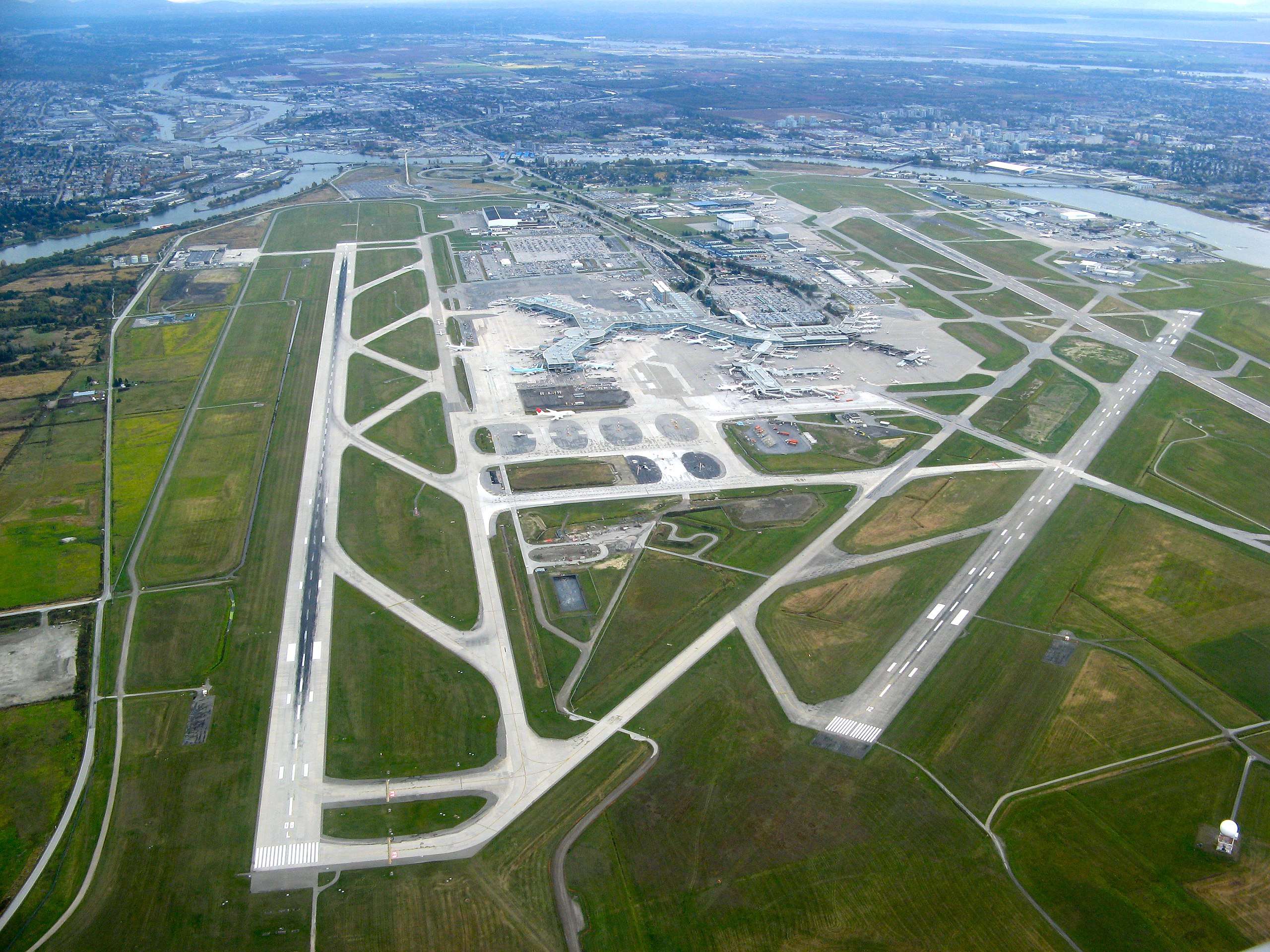Aeroflot Flight 8381, a Tupolev Tu-134 carrying passengers from Tallinn to Chișinău with a stopover in Lviv, collided mid-air with a Soviet Air Force Antonov An-26 near Zolochiv, Ukrainian SSR.
The accident, attributed to a series of errors in air traffic control (ATC), claimed the lives of all 79 people on board both aircraft.
On a cloudy spring day in 1985, a routine passenger flight turned into a devastating tragedy.
A Flight Like Any Other
Aeroflot Flight 8381 departed Tallinn Airport on May 3rd, 1985, at 10:38 AM.
The twin-engine Tu-134, a workhorse of the Soviet civil aviation fleet, was piloted by an experienced crew with a solid safety record.
The flight progressed smoothly until its descent towards Lviv, where it encountered overcast weather conditions.
Meanwhile, at Lviv International Airport, a Soviet Air Force An-26, a military transport aircraft, prepared for takeoff.
A Deadly Intersection

The exact sequence of events leading to the collision remains a subject of debate.
However, investigators concluded that a series of communication breakdowns and ATC errors were at fault.
The prevailing theory suggests that the ATC controllers at Lviv cleared Aeroflot 8381 for descent while failing to properly coordinate with the military controllers responsible for the An-26.
This resulted in both aircraft occupying the same airspace at 13,000 feet (4,000 meters).
The overcast weather further hampered visibility, preventing the pilots from spotting each other in time.
The impact occurred at 12:13 PM, leaving no room for evasive maneuvers. Both aircraft were critically damaged and plunged to the ground near the village of Zolochiv.
Aftermath and Impact

The Zolochiv mid-air collision stands as one of the deadliest aviation accidents in Soviet history.
There were no survivors among the 79 people on board – 73 passengers and 6 crew members on Aeroflot 8381, and a military crew of 6 on the An-26.
The tragedy sent shockwaves through the Soviet Union, raising concerns about safety protocols in both civilian and military aviation.
The official investigation pointed to ATC errors as the primary cause of the accident.
The responsible controllers were reprimanded, and air traffic control procedures were revised to prevent similar incidents.
The Zolochiv collision also highlighted the dangers of operating in poor weather conditions.
New regulations were implemented emphasizing the importance of weather monitoring and communication between civilian and military air traffic control.
Legacy of the Zolochiv Tragedy
The 1985 Zolochiv mid-air collision serves as a stark reminder of the importance of air traffic control vigilance and clear communication procedures.
It remains a cautionary tale for the aviation industry, emphasizing the need for continuous improvement in safety standards and protocols.
While the Soviet Union has dissolved, the lessons learned from this tragedy continue to inform air traffic control practices in the region and beyond.
The memory of those lost in the Zolochiv collision lives on. A monument stands at the crash site, a somber reminder of the human cost of aviation accidents.

Click the banner to subscribe to our weekly newsleter.

Click the photo to join our WhatsApp channel so then you can stay up to date with everything going on in the aviation industry!




